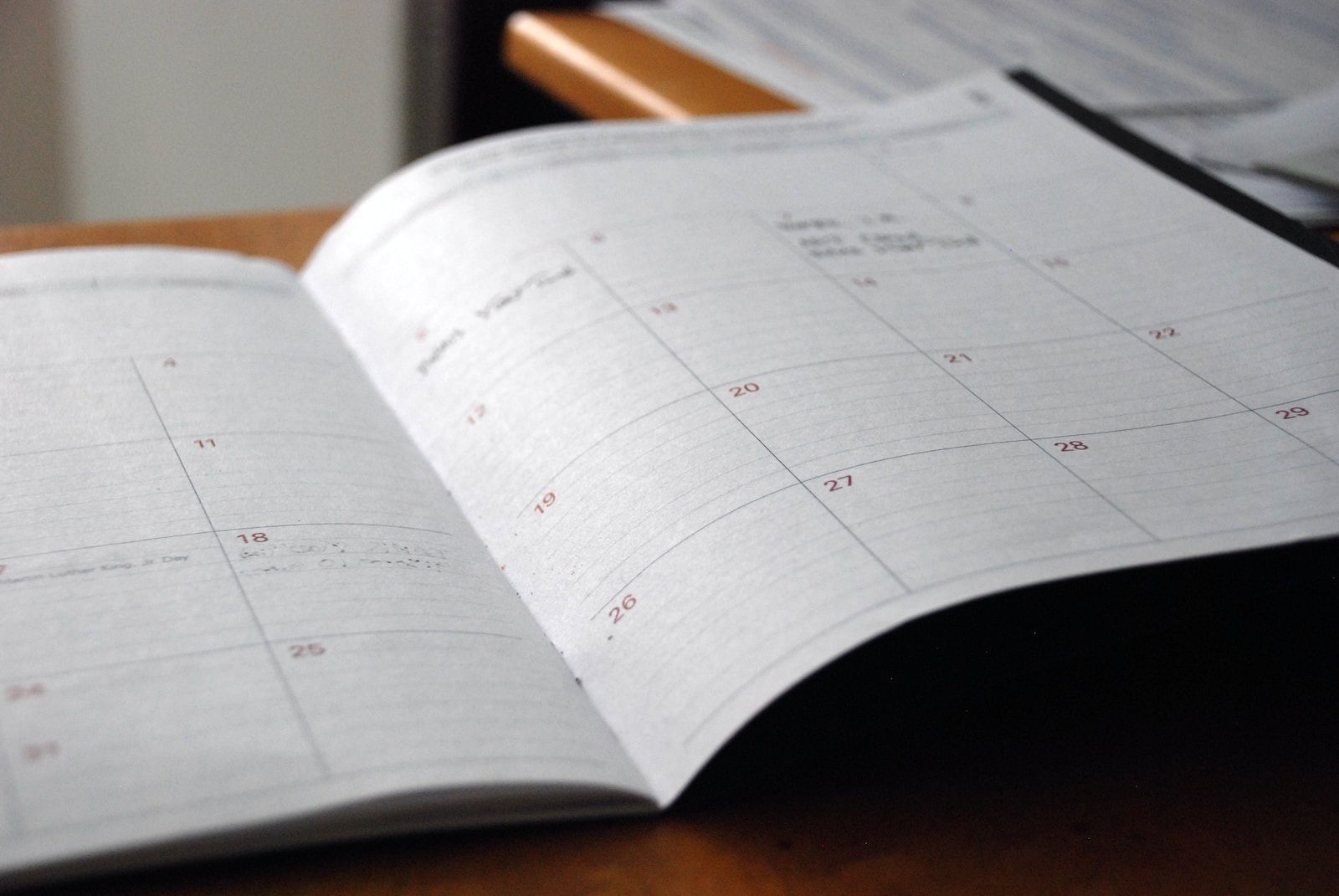Creating a plan to prep for mid-terms is a critical for success. Here are 5 strategies to help.
In Need of Suggestions to Help with Planning?

Your Two-Week Calendar
Follow these steps to complete a two-week action plan.
1. Choose a calendar format. Options include your digital calendar, a planner, a desktop or wall calendar, or an app on your phone.
2. Get your to-do list in hand.
3. Assign the items for your to-do list to a day in the upcoming weeks.
Follow these steps to complete a two-week action plan.
1. Choose a calendar format. Options include your digital calendar, a planner, a desktop or wall calendar, or an app on your phone.
2. Get your to-do list in hand.
3. Assign the items for your to-do list to a day in the upcoming weeks.
Tips for Success:
- Choose a day – to create an action planning routine, decide on a specific day and time each week to complete your plan and check on your progress. Many people choose a time on Sunday because it’s before the start of the week and you may have a little more time to reflect on what’s on your horizon.
- Create early deadlines – give yourself early deadlines for important items so that if something takes more time, you’ll have a buffer to still meet the deadline.
- Make it manageable – try to limit the amount of tasks you assign to any given day.
- Adjust as needed – accept that you may not complete all of your tasks. Do your best to complete the important ones and otherwise adjust your plan to what is realistic.


